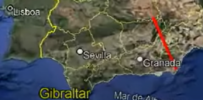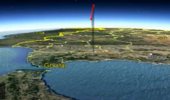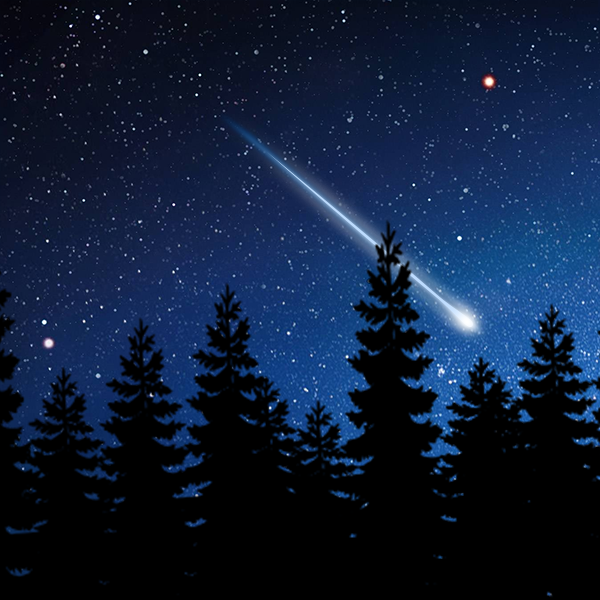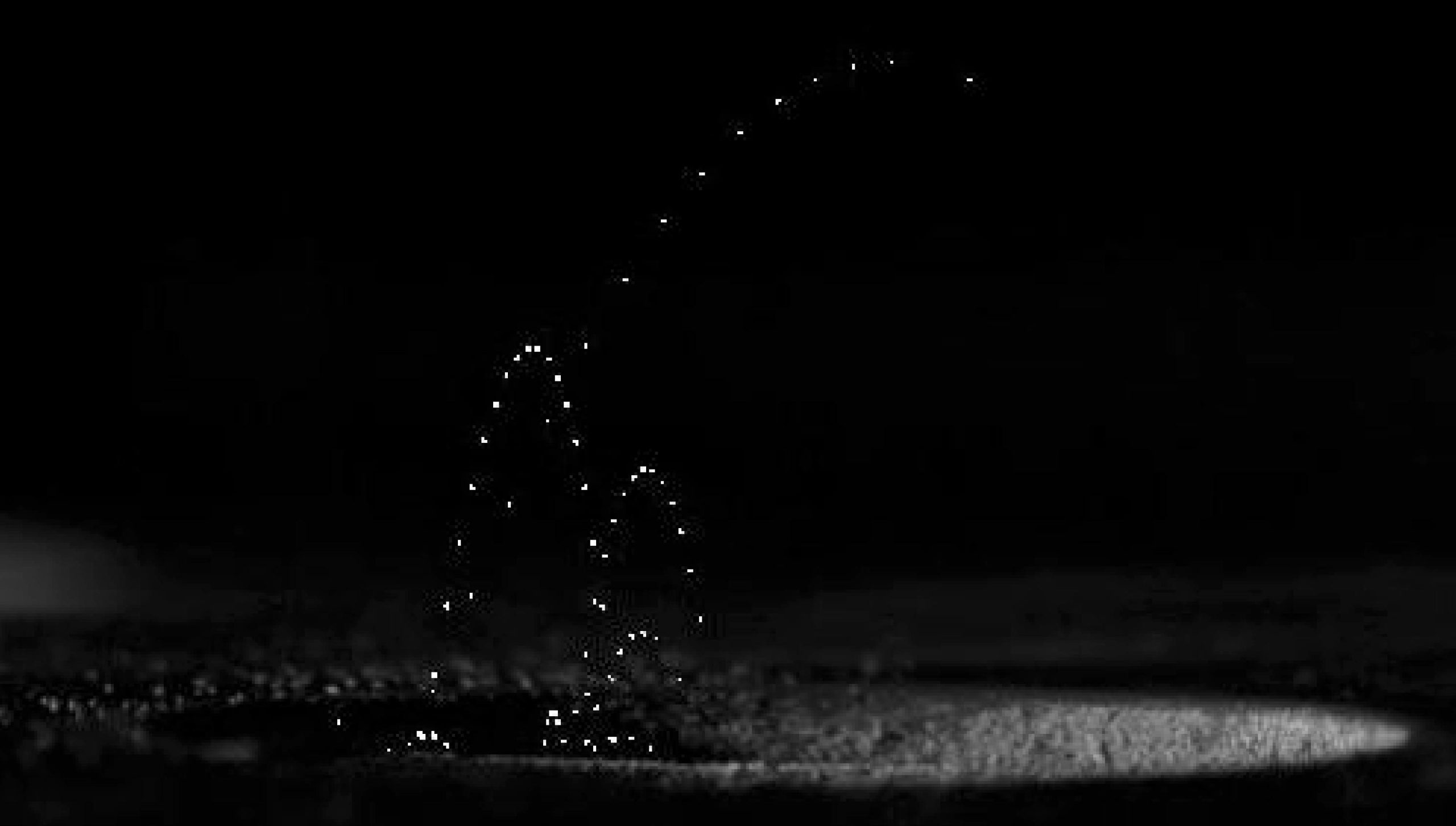Bright meteor over Croatia, 23.7.
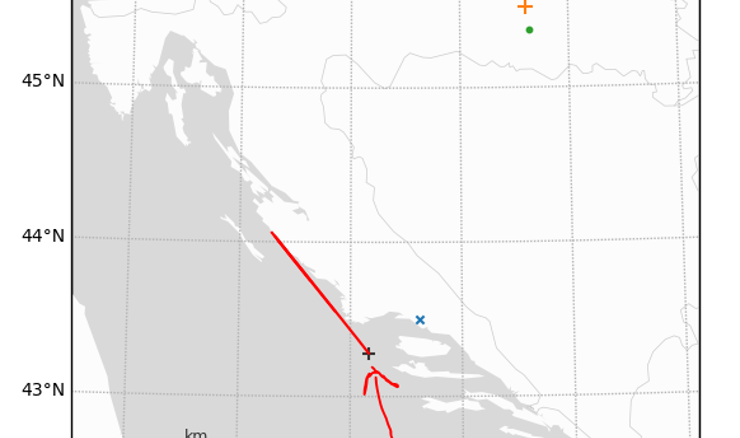
 hr.sott.net
hr.sott.net
(Machine translation)

Sjajna meteorska vatrena kugla osvijetlila nebo iznad Hrvatske -- Sott.net
Sjajni meteor, koji je u subotu navečer osvijetlio nebo iznad Hrvatske, nije neuobičajena pojava, a putanja je bila paralelna s obalom srednje Dalmacije, tako da bi čak i da je nešto meteorita preostalo, vrlo vjerojatno završilo u more, objavio...
(Machine translation)
The brilliant meteor, which lit up the sky over Croatia on Saturday evening, is not an unusual phenomenon, and the path was parallel to the coast of central Dalmatia, so even if some meteorite remained, it would very likely have ended up in the sea, Croatian astronomical association announced on Sunday evening.
Last night, in the late evening hours, they received numerous reports about the flight of a fireball somewhere over central Dalmatia, and the cameras of the Croatian Meteor Network (which work as part of the Global Meteor Network) from Hum, Požega, Pula, Zadar, from Jankovac and the Zvjezdani village of Mosor recorded this heavenly phenomenon.
Seen from the star village of Mosor, the ball of fire was as bright as the new moon, while from Jankovac, 270 kilometers away, its brightness was significantly lower.
The results of image processing clarify that the phenomenon was caused by a sporadic meteoroid of asteroid origin, which began its bright flight at a height of 91.8 kilometers above the ground with an entry speed of 20.6 kilometers per second. After a flight of 6.8 seconds, the meteor stopped shining at a height of 40.4 kilometers at a speed of about 5 kilometers per second, which indicates that there is nothing left of the original material, so there are no possible meteorites, announced the Croatian Astronomical Union.
The trajectory of the meteor was parallel to the coast of central Dalmatia, so even if some meteorite remained, it would very likely have ended up in the sea, the statement added.
Such occurrences are not unusual, and we expect that there will be more reports like this during the summer months due to the fact that many more people these days spend the evening and late night hours outdoors, said general secretary Dorian Dorian Božičević, wishing many clear nights.

